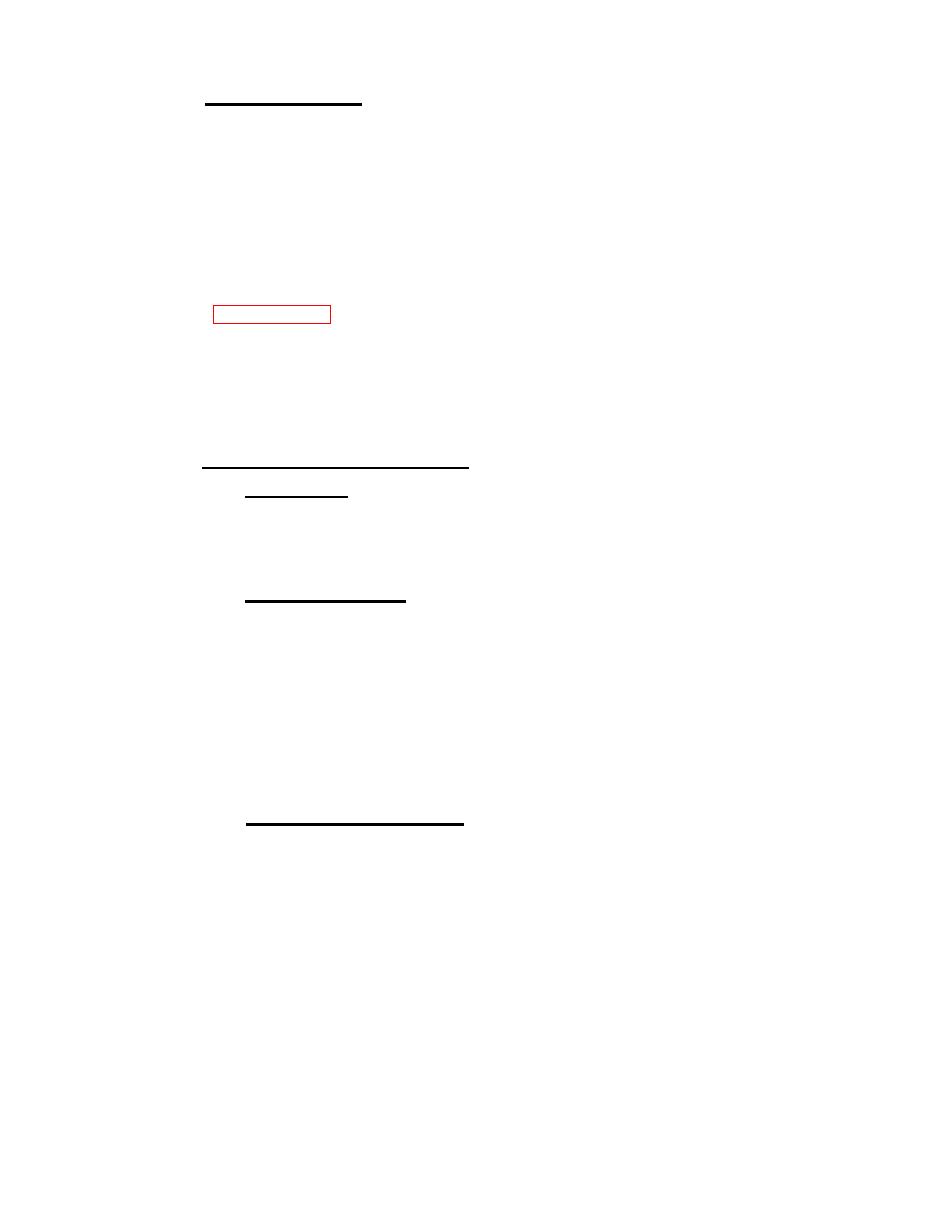 |
|||
|
|
|||
|
Page Title:
Periodic Inspections |
|
||
| ||||||||||
|
|
 TB 43-0142
f. Hoisting Beam Slings. This type sling is commonly used for removing engines or power
packs from aircraft and combat vehicles. Inspect these slings for the following conditions:
(1) Proper assembly.
(2)
Cracked or broken welds.
(3)
Bent or loose bolts, rivets, pins and other attachment devices.
(4)
Excessive wear or corrosion.
(5)
Distortion of hoist attachment or terminal ring.
(6) Defects associated with wire rope, chain, metal mesh, or synthetic web components
(refer to paragraphs C-1.a. through C-1.e. for specific inspection requirements.)
C-2. Periodic Inspections. A thorough periodic inspection of slings shall be made on a regular
basis, to be determined by frequency of sling use, severity of service conditions, nature of lifts being
made, and experience gained on the service life of slings used in similar circumstances. Such
inspections shall in no event be at intervals greater than once every 12 months. Criteria in paragraph
C-1, and the following should be used:
a. Wire Ropes Wire Rope Slings. Check for:
(I) Broken wires, Replace the wire rope when six randomly distributed broken wires in one
rope lay, or three broken wires in one strand in one rope lay are found. Broken wire count should be
made of the worst strand at the worst section of the wire rope and confined to the distance required
for one strand to make one complete turn around the rope. Broken wire count wilt be entered on the
test record.
(2) Reduction In diameter. Marked reduction in diameter of wire rope may indicate loss of
core support. Replacement should be made when reductions are more than:
1/64 inch for diameters up to and including 5/16 inch.
1/32 inch for diameters 3/8 inch up to and including 1/2 inch.
3/64 inch for diameters 9/16 inch up to and including 3/4 inch.
1/16 inch for diameters 7/8 inch up to and including 1-1/8 inch.
3/32 inch for diameters 1-1/4 inch up to and including 1-1/2 inch.
(3)
Wear. Replace when wear of one-third the original diameter of outside individual wires is
observed.
(4)
Condition of end attachments.
(a) Special attention should be given to end attachments. Ropes should be examined
frequently at socketed fittings, and upon the development of one broken wire adjacent to this point,
the rope should be r-e-socketed or replaced. Re-socketing should not be attempted if the resulting
rope length will be insufficient for proper operation.
C-3
|
|
Privacy Statement - Press Release - Copyright Information. - Contact Us |